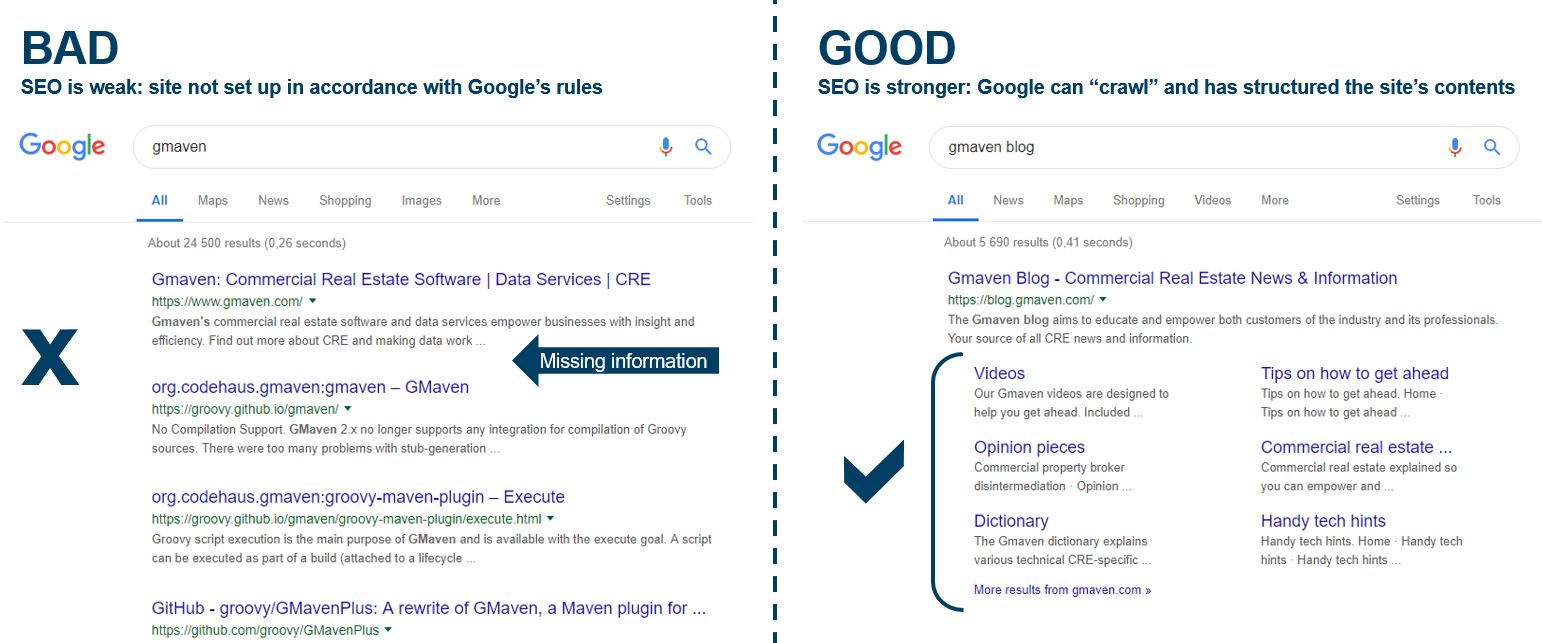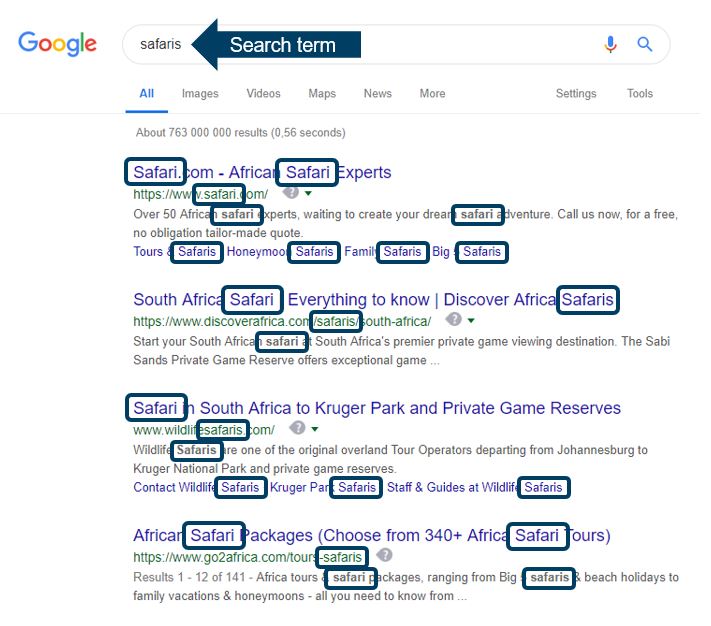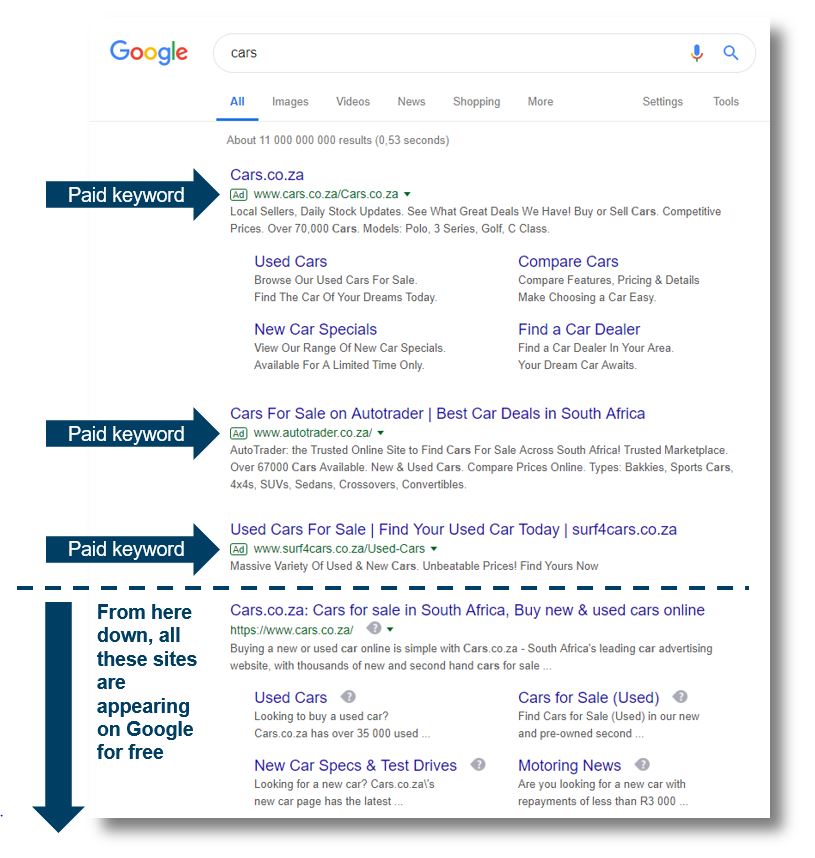No CRE data warehouse, and bad data quality? Why, and how to solve it
We unpack why our industry is lagging in data – to its great detriment, and despite the obvious incentives. We also share knowledge not commonly known outside of data engineering circles (likely “common sense” to CRE professionals). Then we provide a roadmap explaining what can be done about it







